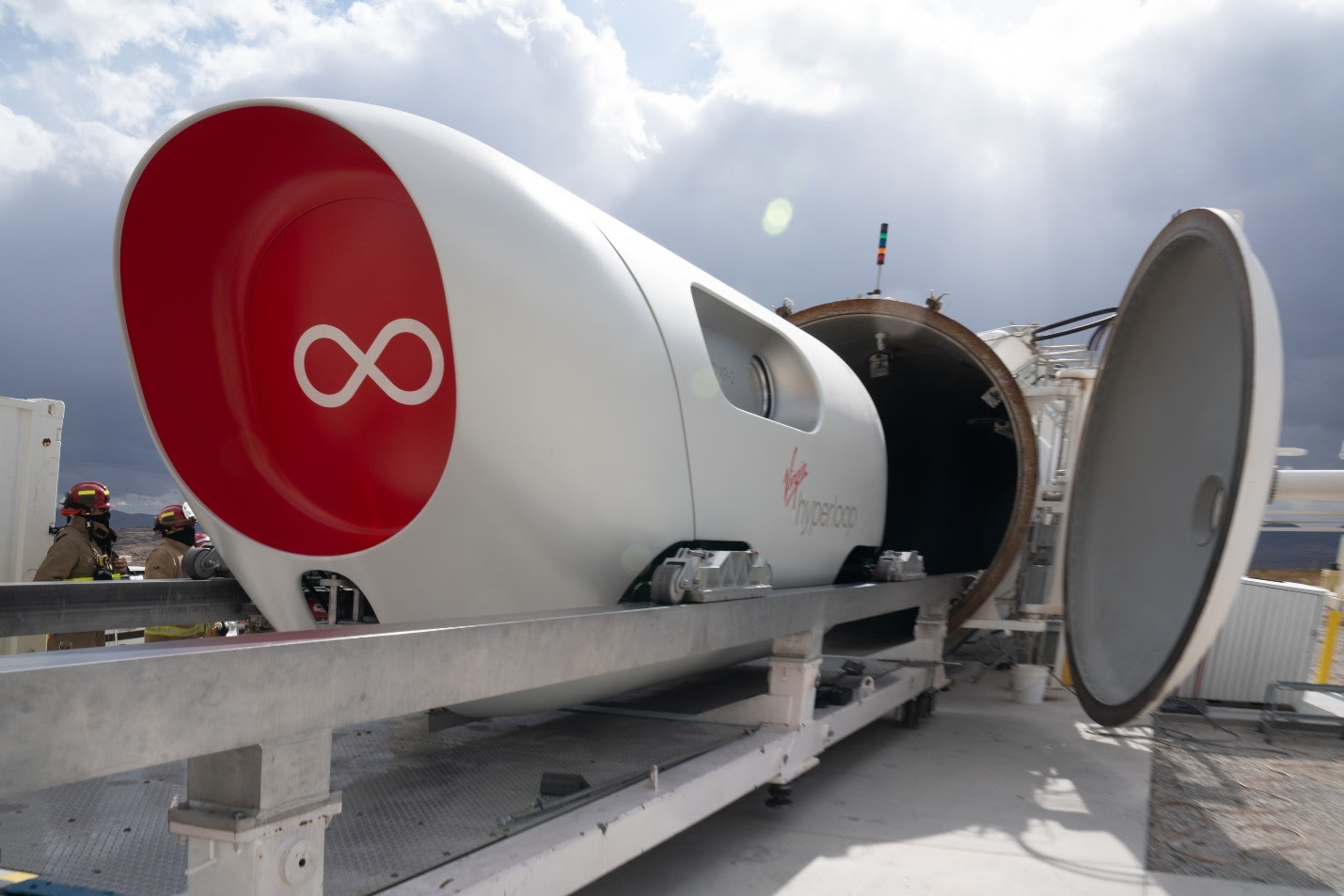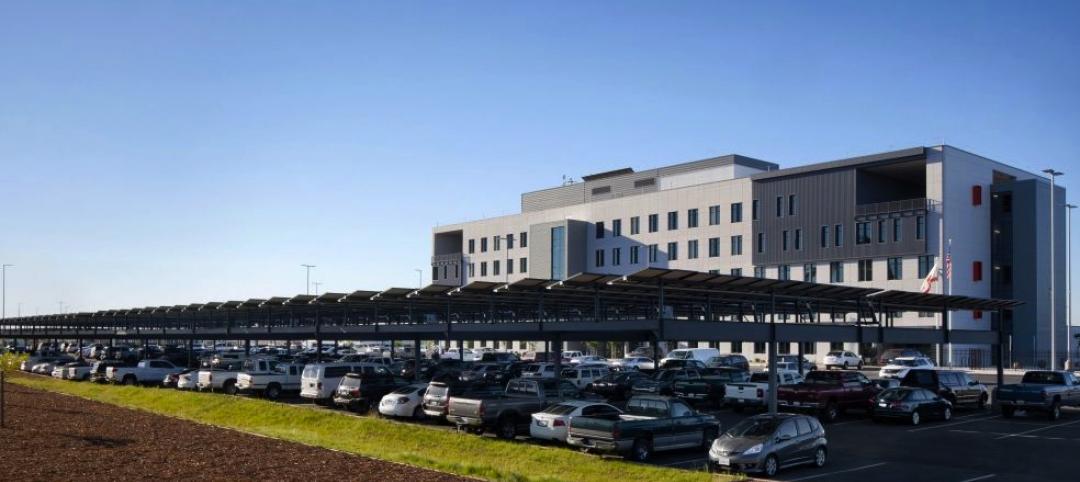After a year of close collaboration between Virgin Hyperloop, Bjarke Ingels Group (BIG), and Kilo Design, the Pegasus Pod has become the first manned and fully functional system for Hyperloop travel after a successful test in the Nevada desert.
BIG and Kilo designed for the pod’s first use case while also defining the design language and characteristics for future Virgin Hyperloop vehicles. The two-seater Pegasus Pod was built to demonstrate that passengers can safely travel in a Hyperloop vehicle. It is equipped with a control system that can detect off-nominal states and rapidly trigger appropriate emergency responses. The six-sm interior has the necessary safety equipment and controls built into the furniture. The production vehicle will be larger and seat up to 28 passengers.

The front scoops of the vessel create natural steps for easy entry and egress, and apertures on the sides of the fairing and on the front door contain a forward-facing window for outward viewing down the tunnel. These features create a link to Pegasus’ external design, where repeating soft forms and pill-shape cutouts are used to highlight depth, layers, and entryways.
Inside, the seating elements and extended arms function as an entry and egress aid, storage for safety equipment, oxygen throughput, and lighting. The seats can also be quickly assembled and disassembled for rear equipment access.
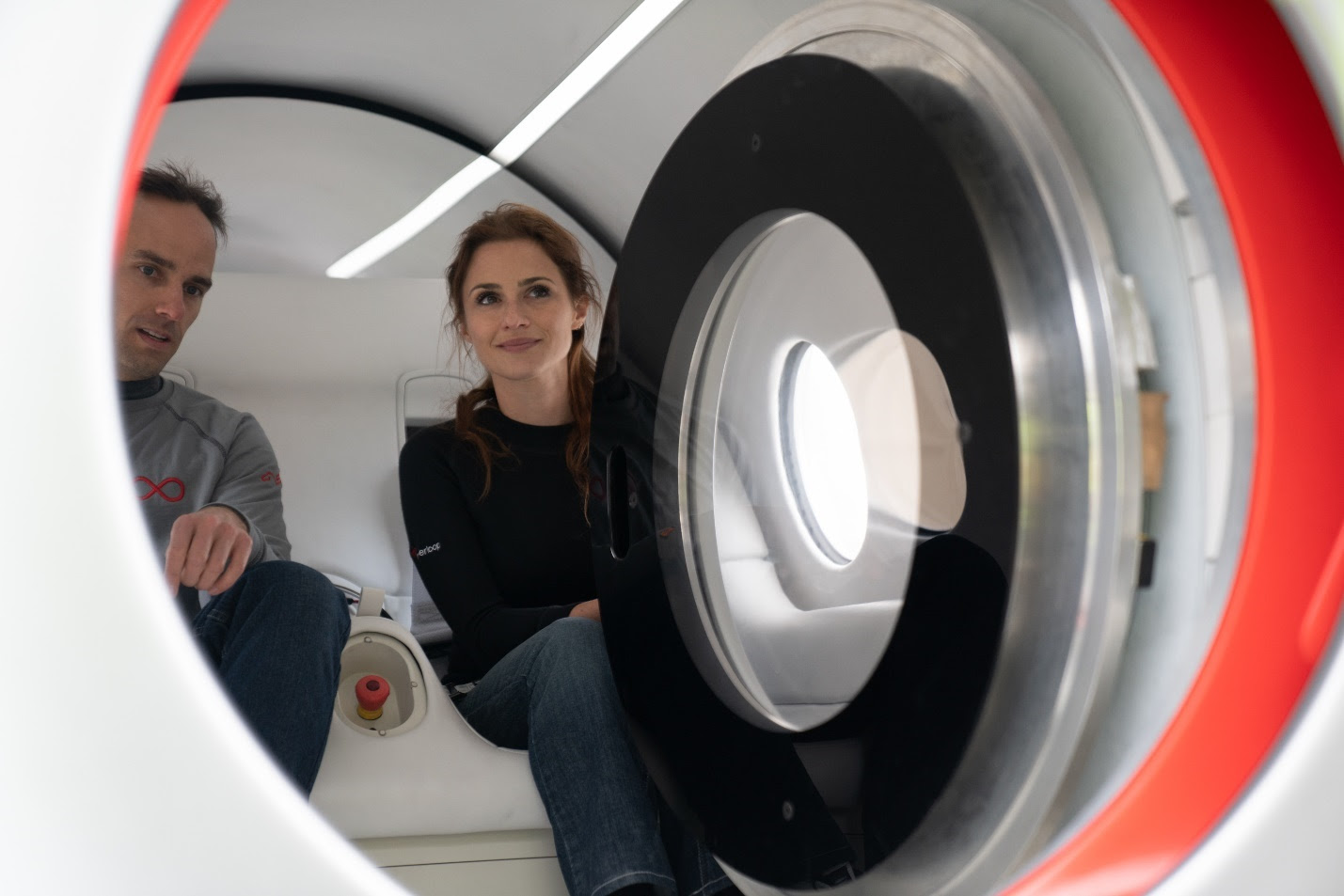
“When designing the future of transportation and the slate is sort of blank, the opportunities are endless. We’ve needed to adjust our way of thinking away from the classic modes of transporting like trains, planes and metros, and towards a new vehicle typology, closest to that of a spaceship,” said Jakob Lange, Partner, BIG, in a release.
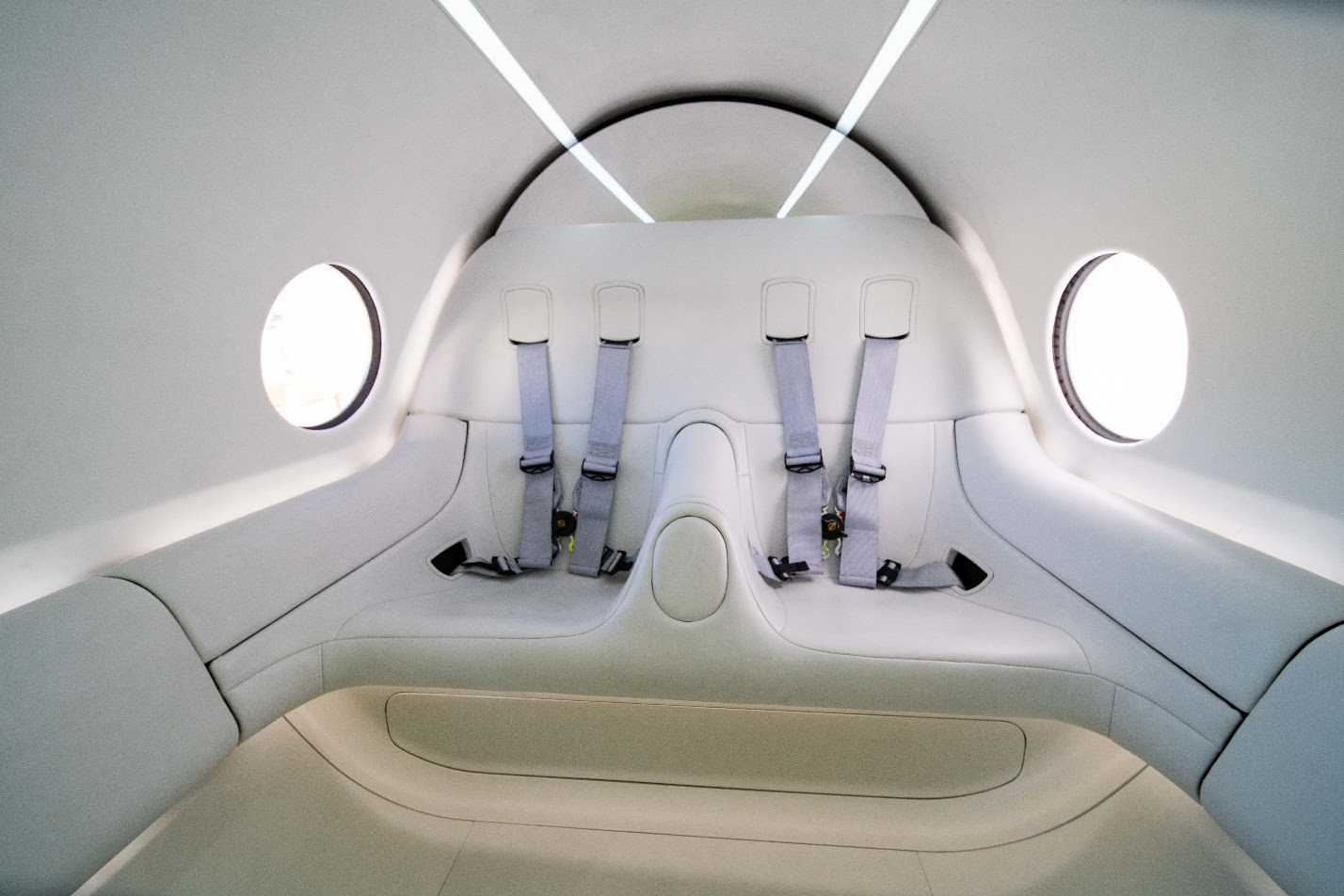
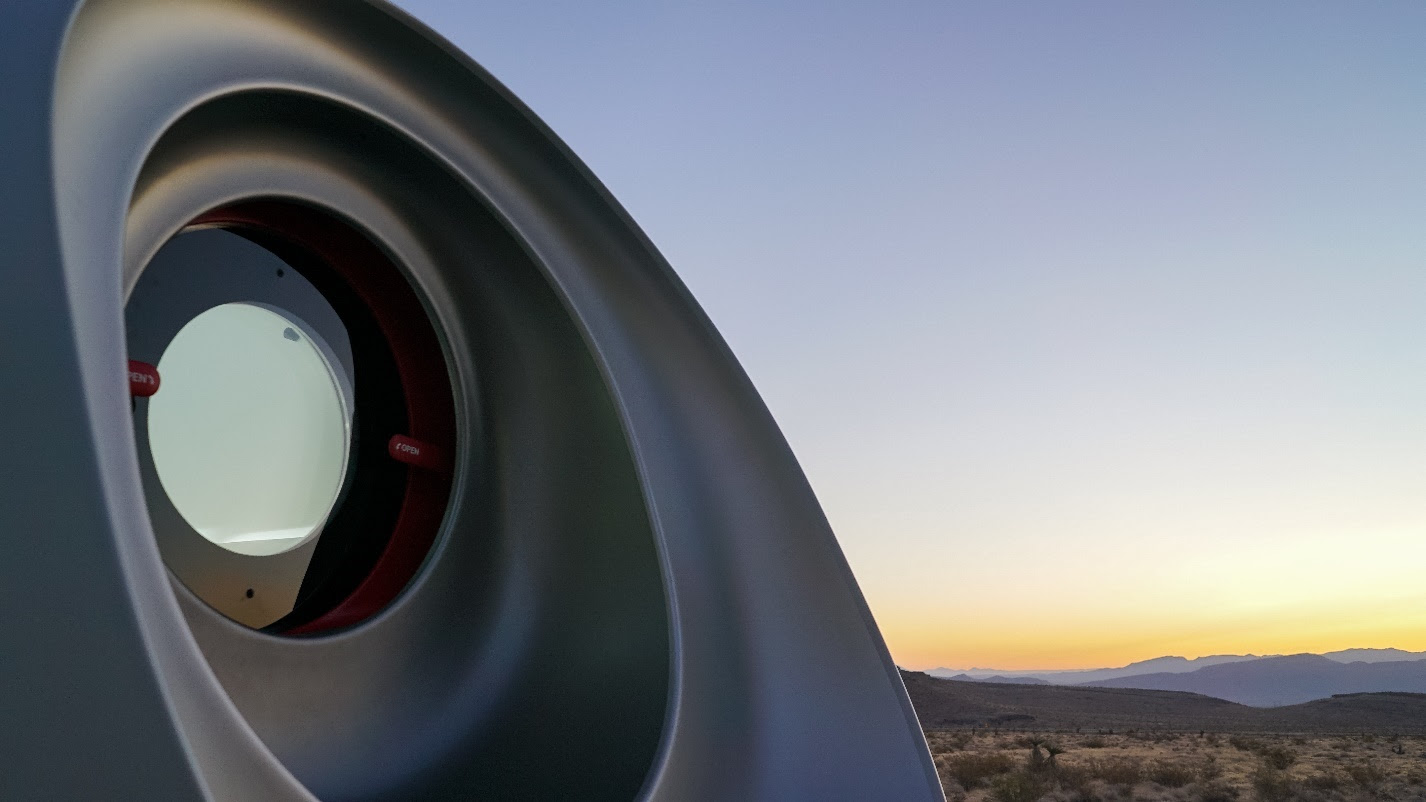
Related Stories
| Jan 2, 2014
Sacramento utility maintenance facility earns LEED Platinum, targets net zero
The Sacramento Municipal Utility District’s new maintenance facility, which is targeting net zero, has received LEED Platinum certification.
| Dec 17, 2013
Kahn appoints Alan Cobb President and CEO
Cobb is the tenth president in the firm’s 118-year history. As President, Cobb is responsible for ensuring that all of the firm’s client issues are effectively address and that overall project team performance meets or exceeds client expectations for each and job the firm undertakes.
| Dec 13, 2013
Safe and sound: 10 solutions for fire and life safety
From a dual fire-CO detector to an aspiration-sensing fire alarm, BD+C editors present a roundup of new fire and life safety products and technologies.
| Dec 10, 2013
16 great solutions for architects, engineers, and contractors
From a crowd-funded smart shovel to a why-didn’t-someone-do-this-sooner scheme for managing traffic in public restrooms, these ideas are noteworthy for creative problem-solving. Here are some of the most intriguing innovations the BD+C community has brought to our attention this year.
| Nov 27, 2013
Exclusive survey: Revenues increased at nearly half of AEC firms in 2013
Forty-six percent of the respondents to an exclusive BD+C survey of AEC professionals reported that revenues had increased this year compared to 2012, with another 24.2% saying cash flow had stayed the same.
| Nov 27, 2013
Wonder walls: 13 choices for the building envelope
BD+C editors present a roundup of the latest technologies and applications in exterior wall systems, from a tapered metal wall installation in Oklahoma to a textured precast concrete solution in North Carolina.
| Nov 26, 2013
Construction costs rise for 22nd straight month in November
Construction costs in North America rose for the 22nd consecutive month in November as labor costs continued to increase, amid growing industry concern over the tight availability of skilled workers.
| Nov 25, 2013
Building Teams need to help owners avoid 'operational stray'
"Operational stray" occurs when a building’s MEP systems don’t work the way they should. Even the most well-designed and constructed building can stray from perfection—and that can cost the owner a ton in unnecessary utility costs. But help is on the way.
| Nov 13, 2013
Installed capacity of geothermal heat pumps to grow by 150% by 2020, says study
The worldwide installed capacity of GHP systems will reach 127.4 gigawatts-thermal over the next seven years, growth of nearly 150%, according to a recent report from Navigant Research.
| Nov 6, 2013
Energy-efficiency measures paying off for commercial building owners, says BOMA study
The commercial real estate industry’s ongoing focus on energy efficiency has resulted in a downward trend in total operating expenses (3.9 percent drop, on average), according to BOMA's Experience Exchange Report.


